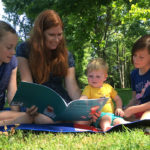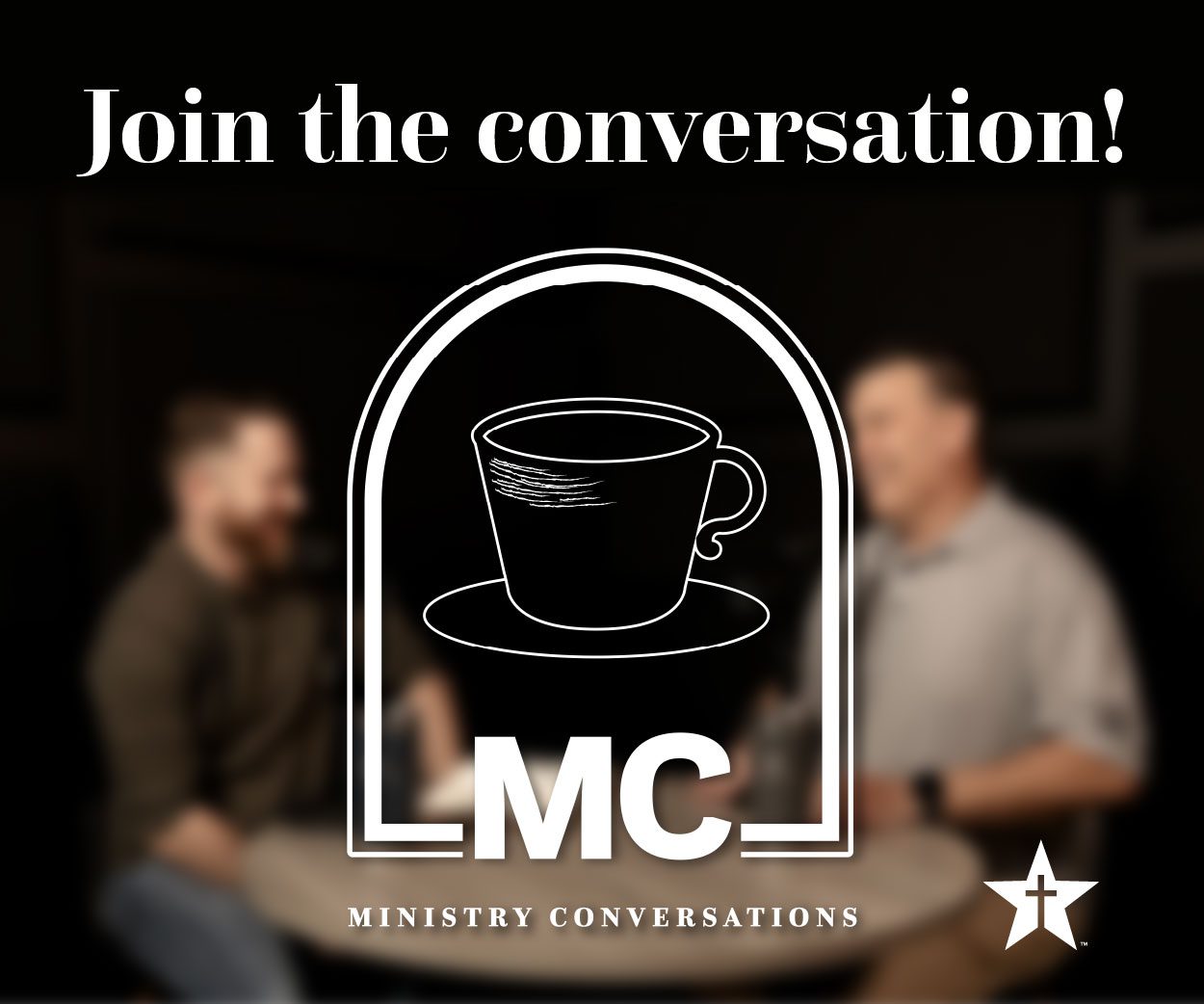Collin Yarbrough, who grew up in Wilshire Baptist Church in Dallas, recently published Paved a Way: Infrastructure, Policy and Racism in an American City about the city he’s called home most of his life.
Through his work in utility engineering and some graduate research, Yarbrough learned about the unjust side of city zoning and planning. In particular, he learned how historic Black and Hispanic neighborhoods were disinvested in and later demolished, paved over, cut off or redeveloped to the exclusion of those historic communities.
In Paved a Way, which is not necessarily written with the church in mind and contains some gritty language, Yarbrough shares back stories of Little Mexico, Deep Ellum, Fair Park, Tenth Street and Central Expressway through North Dallas.
From his narrative, the church can gain a glimpse into forces affecting their communities, their members and even their properties. The following author interview focuses on those aspects of the book.
You mention being a utility engineer in the past tense. What work do you currently do?
I am currently a full-time graduate student starting my Ph.D. in civil engineering this fall. Most of my work and research centers around infrastructure and environmental justice issues in our cities.
What faith principles guide your decisions in that work?
Justice for the marginalized is such a recurrent theme in the biblical text. In my time at seminary, it really was those understandings of repeated calls for justice that called me back to engineering. One thing is for certain, when we talk about building the kingdom of God, we are a long way off from “on earth as it is in heaven.”
Why did you choose the five neighborhoods you cover in Paved a Way?
Sign up for our weekly edition and get all our headlines in your inbox on Thursdays
It really was just following the unraveling of history as I continued finding stories and digging deeper into Dallas’ history. It started with the North Dallas Freedman’s Town, and as I continued to follow Central Expressway to other highways surrounding downtown Dallas, I found neighborhoods like Little Mexico and unheard histories of places like Deep Ellum and Fair Park.
You mention speeding past neighborhoods on Central Expressway or the Dallas North Tollway without being aware of the old neighborhoods you were driving past. Knowing what you know now, what signs can people look for to recognize unjust zoning or city planning in their communities?
The first sign is to think about your city and ask if there is a neighborhood described as being “undesirable.” Chances are good that neighborhood did not come by that narrative by accident, but is the product of disinvestment over time. I also look for areas where industrial facilities are located and even where brand new developments may be going up, signaling a change in a neighborhood.
Where do you see the same practices happening in other Dallas neighborhoods? Lake Highlands in northeastern Dallas, especially along Skillman Street, comes to mind.
That stretch of Skillman has been on my mind for about a decade and is probably my first inkling of understanding injustice in the built environment.
When I was in college, there were several affordable apartment complexes right in the heart of Lake Highlands. They were torn down and the land sat vacant—some still is—for years before new higher-end development was put up. Today, the diversity breakdown at nearby Lakewood Elementary tells you everything you need to know.
This is happening similarly in Trinity Groves in West Dallas and the Bishop Arts District in North Oak Cliff, just to name a couple.
You ask important questions throughout the book and seem to leave the answers to readers, rather than answering them yourself. For example: “Who makes the final decisions in this neighborhood? Who is left out? Who determines the value of space? Who designed [roads, buildings and neighborhoods]? What was there before them? What needs did they serve?”
Why did you use that approach?
I felt if I directly answered the questions for readers, they might feel let off the hook of doing any self-reflection themselves. Readers also are getting a glimpse into the kinds of questions I continue to come back to in my own mind, day after day. They’re a meditation on the built environment.
Stories abound of once-thriving churches struggling to survive as their neighborhoods change. I imagine many of those churches are caught up in the kind of disinvestment you discuss. How are churches affected by unjust zoning and city planning?
You’re exactly right. In fact, there is a church in West Dallas across the street from the largest sulfur dioxide polluter in Dallas County—GAF Shingles. I was at a community organizing meeting a few weeks ago when the pastor of that church raised his hand asking if his congregation was safe. Congregational health takes on a whole new meaning when you consider that context.
In practical terms, how can churches be involved in seeking justice in the zoning and planning of their surrounding communities?
The biggest thing is getting outside the walls of the church and being engaged with and following the lead of your surrounding communities. So much of this work is as simple as being aware of what is going on in our cities.
In my experience, neighborhood groups and nonprofits made up of members of the community are keenly aware of injustices there, and those are the voices I seek out.
















We seek to connect God’s story and God’s people around the world. To learn more about God’s story, click here.
Send comments and feedback to Eric Black, our editor. For comments to be published, please specify “letter to the editor.” Maximum length for publication is 300 words.